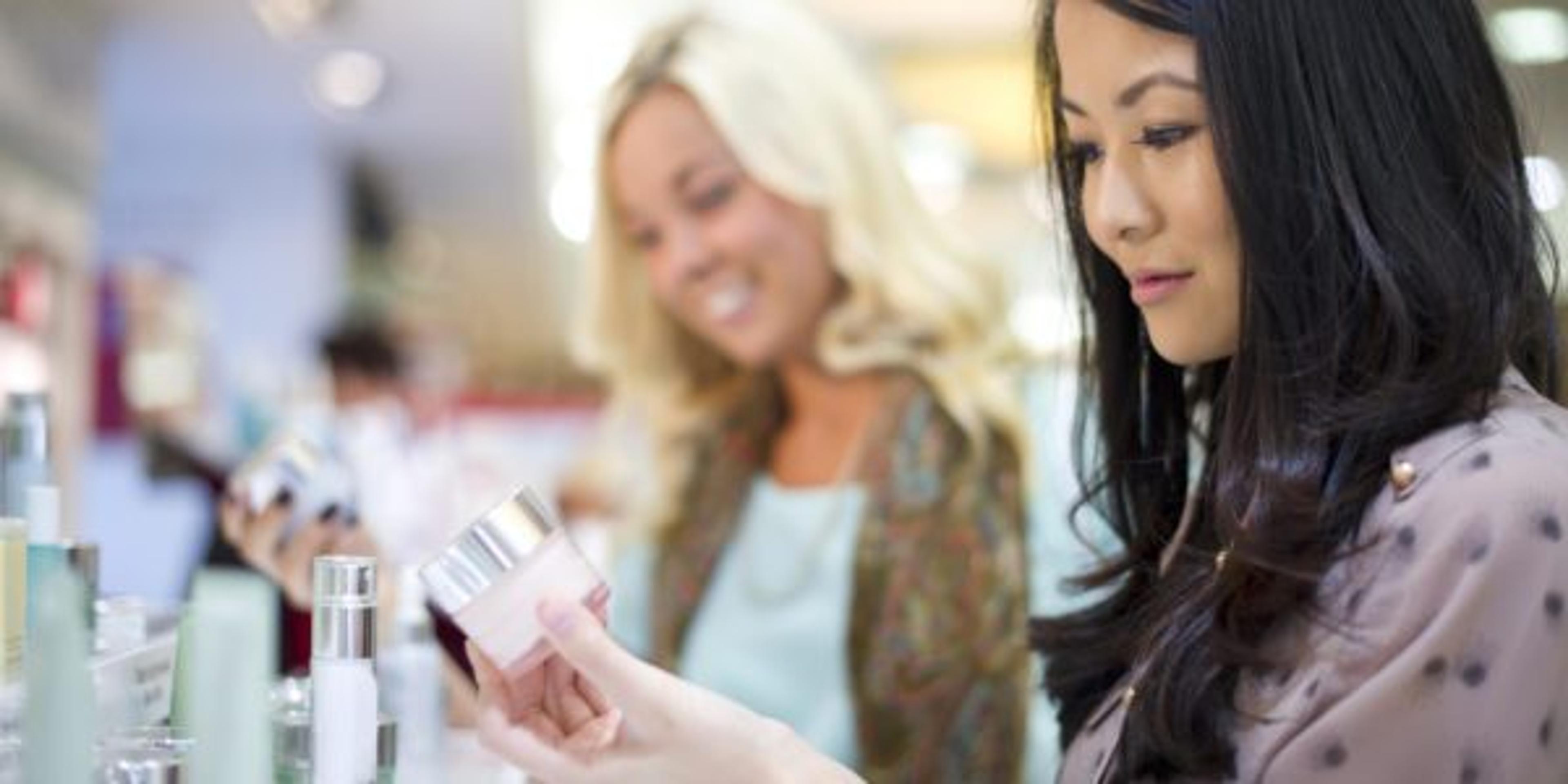Shopping Smarter: How Women Can Avoid Marketing Traps

Dr. Patricia Ferguson
| 3 min read

Advertising for certain products is overwhelmingly geared toward women. It’s easy to spot when a product or service is being marketed to women – whether it’s a social media ad or on the pages of a magazine. These marketing measures often appeal to gender norms of women as mothers or caregivers, or send gender-specific messages about women’s diets, exercise, health and beauty standards. But behind the marketing, products may not live up to their claims – and may often be more harmful to women than they appear.
Female buying power
Women are targeted by marketers because of their buying power. Here are some statistics behind this marketing blitz:
- 70% to 80% of consumer purchasing decisions are made by women in the U.S.
- Women are the sole source of income for 40% of U.S. households.
- Globally, women control $20 trillion in annual consumer spending.
To capture women’s attention – and their purchasing potential – marketers typically rely on a two-pronged approach. Research has shown that while women want comprehensive facts about a product, using marketing to generate an emotional connection to what they are buying is also a way to increase the chance of a purchase.
Hidden dangers
There can be hidden dangers in this type of gender-specific marketing. Products typically marketed heavily toward women are a good example of this and include makeup, skincare, personal care products and nutritional supplements. A lot of these are unregulated, meaning there could be unsafe chemicals behind the flashy product labels. Some things to watch out for:
- Products with a lot of added scent or fragrance. These can irritate skin and cause respiratory issues for the person wearing it, or people near the wearer.
- Potential reactions to skincare products. Regulation for these kinds of products is sparse. While short-term reactions to makeup, skincare and other health and beauty products are tested, the long-term effects are not, according to Harvard Medical School.
- Products with a never-ending list of chemical ingredients. The lack of regulation in this industry can be a problem when women in the U.S. typically use about a dozen different health and beauty products each day, containing more than 160 different chemical ingredients.
Research has shown some of the chemicals contained in cosmetics and hair care products can lead to health issues. It is important to read product labels and understand which ingredients to avoid. Some of the chemicals to watch out for include:
- Parabens
- Formaldehyde
- Polyethylene glycol
- Sodium laureth sulfate
- Butylated hydroxyanisole (BHA)
- Butylated hydroxytoluene (BHT)
What women really need to stay healthy
If women are ready to reduce their exposure to chemicals found in beauty products, there are a few easy steps to take to get started.
- Switch to safer alternative products. Do a little detective work when it comes to reading product label ingredients. For cosmetics, check out the U.S. Food & Drug Administration’s website on cosmetic products or consider using a smartphone app to research products by scanning a barcode.
- Reduce the number of products used every day. Most people have far more bottles, tubes and spray cans full of products than they use daily.
- Women should consider discussing concerns with their primary care provider before deciding to try a new, unfamiliar product that might impact their current health.
Patricia Ferguson, M.D., is a medical director with Senior Health Services, Emergent Holdings. Emergent Holdings is a separate entity contracted by Blue Cross Blue Shield of Michigan to perform administrative services for Blue Cross’ Medicare Advantage program. For more healthy tips, visit AHealthierMichigan.org.
Related:
Photo credit: Getty Images





